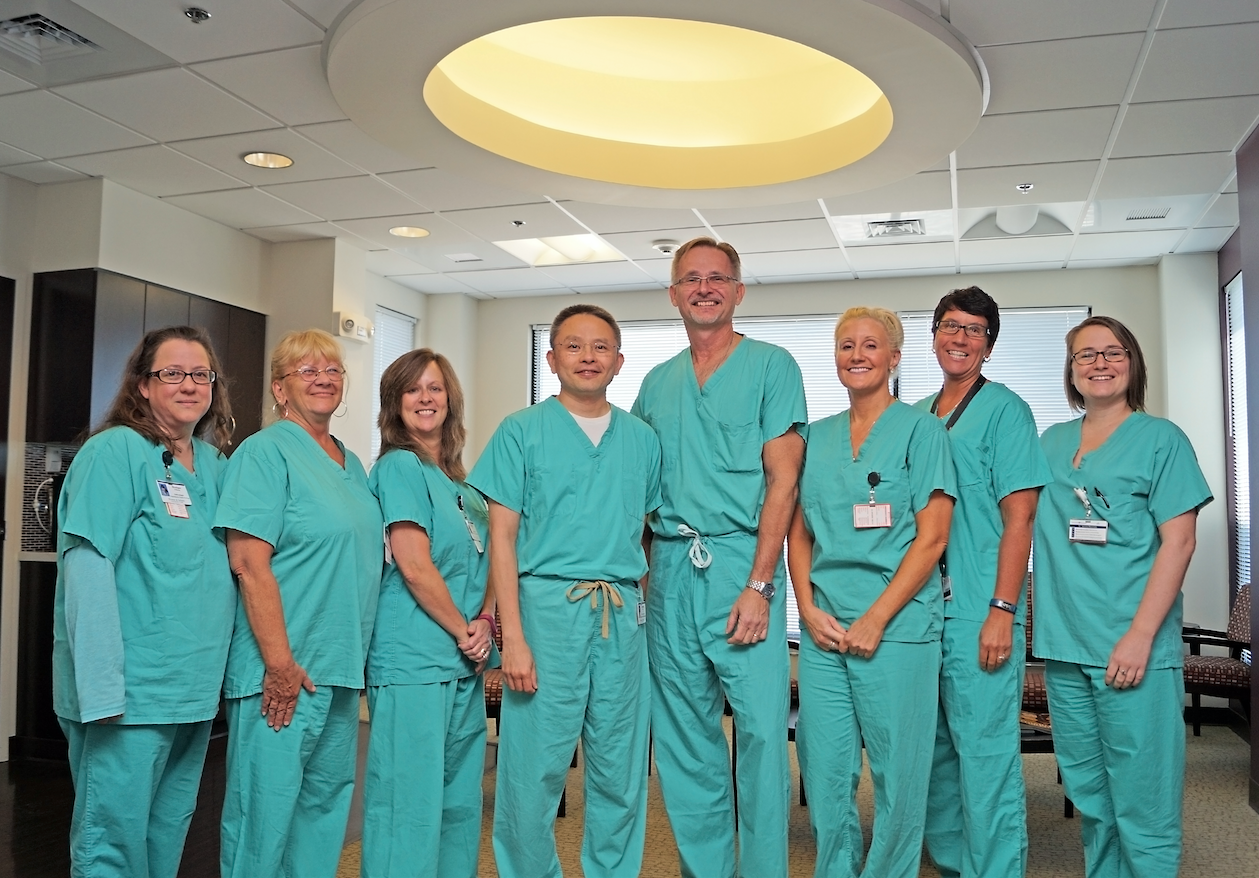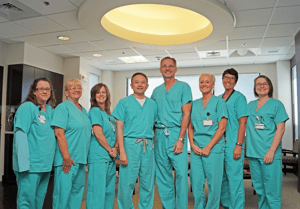 Tales from Rhode Island's First IVF Clinic Lab"
class="bg-img"
fetchpriority="high"
loading="eager"
decoding="async">
Tales from Rhode Island's First IVF Clinic Lab"
class="bg-img"
fetchpriority="high"
loading="eager"
decoding="async">
Written By: Richard Hackett, MS on October 24, 2016
It all started 30 years ago this September: I was part of the team that opened the first IVF laboratory in Rhode Island. It was in the basement of Women & Infants Hospital in a back hallway just past the cafeteria. The room was about 20 feet by 20 feet and contained two incubators, two microscopes, a 12-foot work bench, and some storage cabinets. Not much else.
Back then, a woman’s eggs were removed surgically in the hospital operating room, placed in a portable incubator, and brought down to the IVF (in vitro fertilization) lab for culture. The sperm was produced in a tiny room across the hall from the lab. When done, the partner would knock on the lab door and hand off the sample.
The embryo transfers were performed with the patient on a stretcher in the lab. Once the transfer was done, the patient would be moved into the hallway for one hour before being wheeled up to the hospital recovery area, where she would wait another two to three hours before being discharged.
 Today's Women & Infants IVF lab team
Today's Women & Infants IVF lab teamThe lab today has 14 incubators that have a special low-oxygen environment to promote embryo development. There are now 11 microscopes that can magnify things 20 times what they could 30 years ago. The egg harvest is no longer done surgically; it is done under ultrasound guidance, in a room adjacent to the lab so the eggs can go to the lab through a pass-through window.
The embryo transfer now happens in a room next to the lab. Again, ultrasound is used to guide the transfer with a specifically designed catheter that is gentle on the embryos. The embryo media (where the embryo grows and develops before implantation) is now specially formulated to stimulate embryo development. Also, where there once was no hope for extreme male factor infertility patients, sperm can now be injected directly into the egg, resulting in fertilization rates the same as male patients without fertility issues. Likewise, now we can use a laser to remove cells from an embryo to test it using preimplantation genetic screening to see which embryos are best to transfer.
Although there have been many changes in 30 years, one thing that hasn’t changed is the commitment of our staff. The physicians, nurses, clerical and laboratory staff members are all dedicated to one goal: the best possible chance for a successful outcome for all of our patients. I am very proud to have worked at Women & Infants IVF lab for so many years with so many great people. I couldn’t think of a more rewarding job.
About the author: Richard Hackett has managed the Women & Infants IVF clinic lab for thirty years. He performed in vitro fertilization (IVF) for the first “test tube” baby in Rhode Island and has been part of more than 10,000 IVF cycles. Richard has brought many new procedures to the IVF laboratory and has ensured the facility is on the leading edge of technology.
Disclaimer: The content in this blog is for informational and educational purposes only and should not serve as medical advice, consultation, or diagnosis. If you have a medical concern, please consult your healthcare provider or seek immediate medical treatment.
Send Us A Message
90 Plain Street,
Providence, RI 02903
Copyright © 2026 Care New England Health System